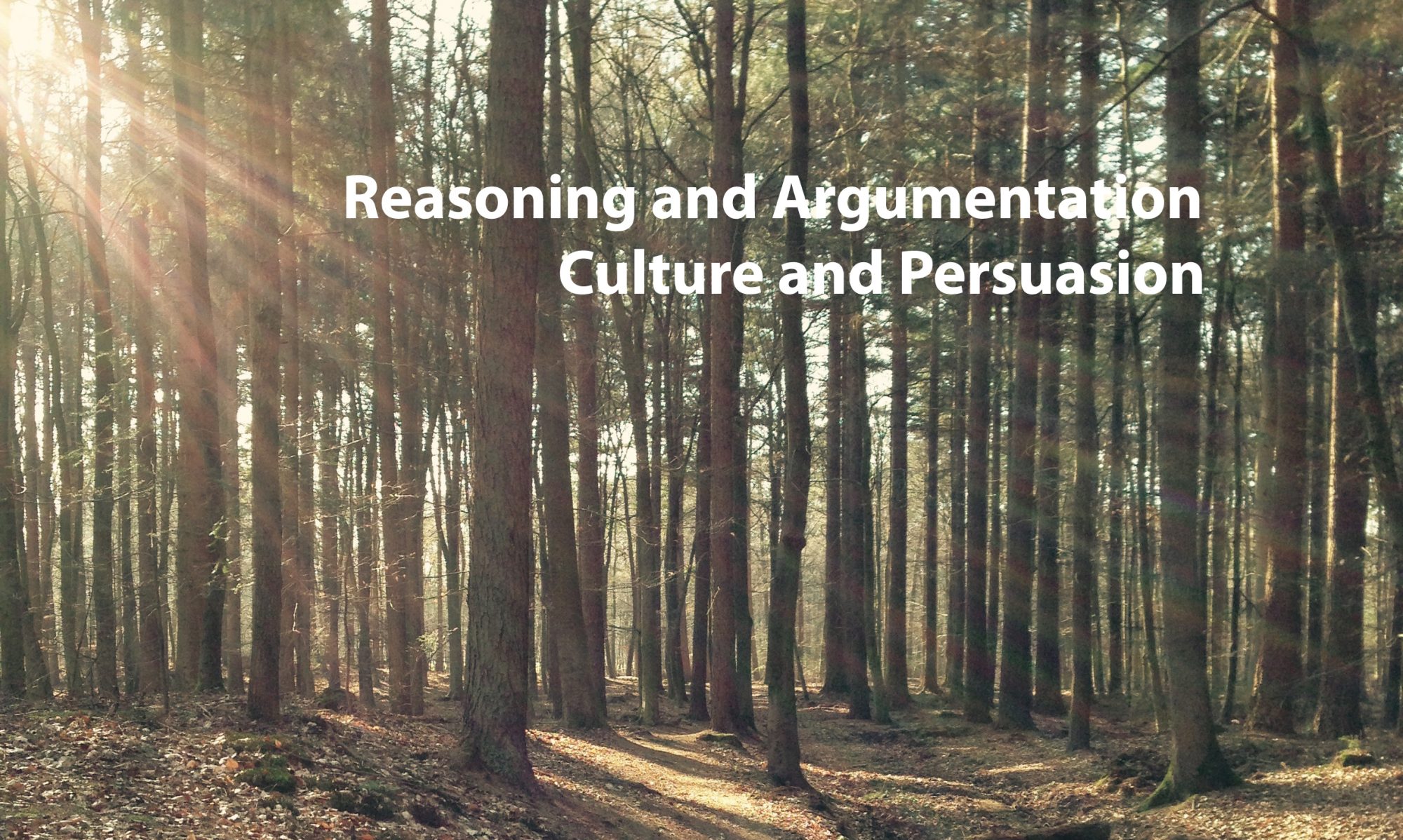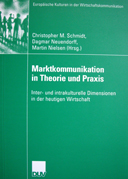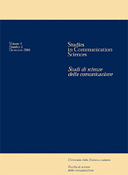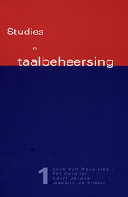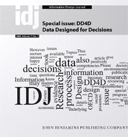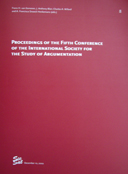 Het gebruik van vreemde talen in Nederlandse overtuigende teksten is gemeengoed geworden. Gerritsen (1996) analyseerde bijvoorbeeld het gebruik van Engels in Nederlandse reclameadvertenties. Van de 648 advertenties waren er 137 gedeeltelijk en 25 zelfs volledig in het Engels. Deze situatie is niet alleen kenmerkend voor Nederland. Zo blijkt 70% van de televisiecommercials in Duitsland een andere taal te bevatten dan het Duits (Piller, 2001). Voor het overgrote deel gaat het dan om de Engelse taal. Naast het veelvuldige Engels – denk aan ‘The future’s bright, the future’s Orange’, ‘Fresh thinking, better cars’ of ‘Mentos the freshmaker’ – komen er ook andere talen voor, zij het in mindere mate. Je moet dan ook goed opletten, wil je Duits (‘Vorsprung durch Technik’), Spaans (‘Auto emoción’), Italiaans (‘Alfa 147 edizione esclusiva’) of Frans (‘Je t’aime’) voorbij zien komen in Nederlandse reclameadvertenties. In dit artikel wordt eerst ingegaan op de vraag wat de waarde is van het gebruik van een vreemde taal in reclame. In het tweede gedeelte wordt verslag gedaan van een experiment naar het begrip en de waardering van Franse slagzinnen in Nederlandse autoadvertenties.
Het gebruik van vreemde talen in Nederlandse overtuigende teksten is gemeengoed geworden. Gerritsen (1996) analyseerde bijvoorbeeld het gebruik van Engels in Nederlandse reclameadvertenties. Van de 648 advertenties waren er 137 gedeeltelijk en 25 zelfs volledig in het Engels. Deze situatie is niet alleen kenmerkend voor Nederland. Zo blijkt 70% van de televisiecommercials in Duitsland een andere taal te bevatten dan het Duits (Piller, 2001). Voor het overgrote deel gaat het dan om de Engelse taal. Naast het veelvuldige Engels – denk aan ‘The future’s bright, the future’s Orange’, ‘Fresh thinking, better cars’ of ‘Mentos the freshmaker’ – komen er ook andere talen voor, zij het in mindere mate. Je moet dan ook goed opletten, wil je Duits (‘Vorsprung durch Technik’), Spaans (‘Auto emoción’), Italiaans (‘Alfa 147 edizione esclusiva’) of Frans (‘Je t’aime’) voorbij zien komen in Nederlandse reclameadvertenties. In dit artikel wordt eerst ingegaan op de vraag wat de waarde is van het gebruik van een vreemde taal in reclame. In het tweede gedeelte wordt verslag gedaan van een experiment naar het begrip en de waardering van Franse slagzinnen in Nederlandse autoadvertenties.
- Hornikx, J., Starren, M., & Heur, B. van (2004). Frans in Nederlandse advertenties: drager van symbolische en letterlijke betekenis. Toegepaste Taalwetenschap in Artikelen, 71 (1), 61-68. [pdf]
